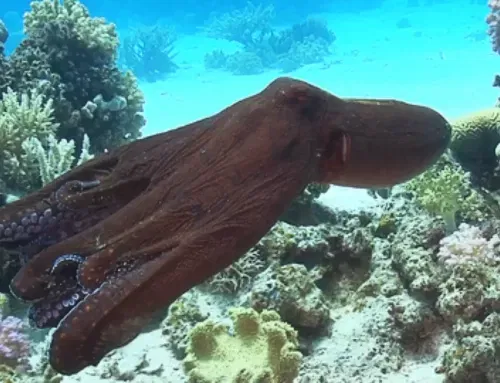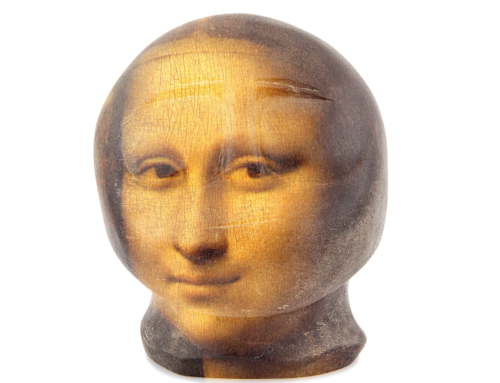The age-old question concerning destiny pits nature (genetics) against nurture (environment). I doubt few would contest that inherited advantages or limitations of economic circumstances, social status and educational opportunities play dominant roles in shaping our lives. Yet genetics – inborn wiring of our brain and metabolism – looms as a major, if poorly understood, influencer of character and personality as well. These, in turn, indirectly affect destiny.
Estimating the relative weights of nature – genetics especially – and nurture as driving forces of destiny involves wandering into uncharted territory. It’s good for us that a blog a reasonable place to test ideas, to speculate, to look for missing pieces of the puzzle. As Einstein said, “If we knew what we were doing, it wouldn’t be called research.”
Knowledge advances by taking chances, and although such gambles often don’t lead anywhere, there’s always the chance to find a hidden gem of truth…
The Power of Nature
To find evidence that nature plays a key role in our destiny, we need look no further than the studies on multiple births, such as identical twins or triplets. People who share identical genes, raised separately, often have eerily similar traits, tastes and mannerisms, and make similar life choices. A striking example of this was portrayed in the movie Three Identical Strangers, a famous case of triplets reunited after being raised from birth in entirely different homes. (It’s believed that the boys were separated purposefully to study the nature versus nurture question.)
Additional natural evidence may be found inside the criminal mind. After hundreds of interviews, including a series with the notorious “Washington Sniper” Lee Malvo, clinical psychologist Stanton Samenow has concluded that the criminal mind is “hard wired” to a great extent. Samenow argues in his book, Inside the Criminal Mind, that regardless of background or environment, criminals – white collar, murderers and other violent offenders – have similar mindsets. For example, they never accept responsibility, always blame others and need instant gratification, among many more traits. Although not denying environmental influences, Samenow favors a large role for genetics in shaping the criminal mind and criminal behavior.
But what about role of the environment or context if you will?
Interaction of Nature and Nurture
Depersonalization
Imagine looking into the mirror and thinking, “Who is that person?” Or, staring at your hand and wondering, “Whose hand is that holding the coffee cup?” That would be weird! A nightmare!
Well, there is such a disorder, and it’s called depersonalization – living outside your own body and individuality – lacking an identity (http://www.jewishworldreview.com/0719/depersonalization.php3). A depersonalized individual is a stranger to himself or herself, an altered person, an “other.” Recent research indicates trauma, acute anxiety and drug use are possible causes for depersonalization, which was already recognized since the late 1800s. Cognitive therapy has helped some patients slowly improve, although with mixed results.
Since trauma, anxiety and drug use are widespread, why is depersonalization so rare? One possibility that I favor is that a certain, uncommon genetic makeup, maybe involving a number or perhaps only a few genes or unlikely mutations, is the “depersonalization culprit.” This would raise the possibility that depersonalization results from common environmental insults exploiting a natural – most likely genetic – vulnerability. This points to critical interactions between nature and nurture leading to this strange disorder of identity.
But can similar genes lead to different results?
Diversity from Common Genes
Who in the world would think that human arms are similar to tentacles of cuttlefish, squid or octopus (mollusks known as cephalopods, for “head feet”)? Don’t discard such a similarity too quickly. A recent New York Times report by Carl Zimmer (https://www.nytimes.com/2019/06/18/science/cuttlefish-octopus-arms-tentacles.html) argues for a “deep” genetic connection between vertebrate arms and cephalopod tentacles despite their obvious differences. Compelling data indicate that the widely different appendages – cuttlefish tentacles and vertebrate arms and even limbs of flies – are constructed using a similar set of genes in their development. Earlier the Swiss scientist, Walter Gehring, also related the structurally different eyes of flies (called compound eyes) and mice (called complex eyes) via the use of a similar set of genes directing their development. Both of these examples can be considered as different structures resulting from similar genes due to environmental influences.
An analogy, somewhat far-fetched perhaps, would be that the same tool kit (the genes in the animals) was used to build the Eiffel Tower in Paris and the Empire State building in New York.
Trying to Make Sense of It All
So, are we products of nature or nurture? Which claims most of the credit (or blame) for who we are and what we become? My take is that the answer floats in the large, mysterious gap between nature and nurture, where the action takes place.






Leave A Comment